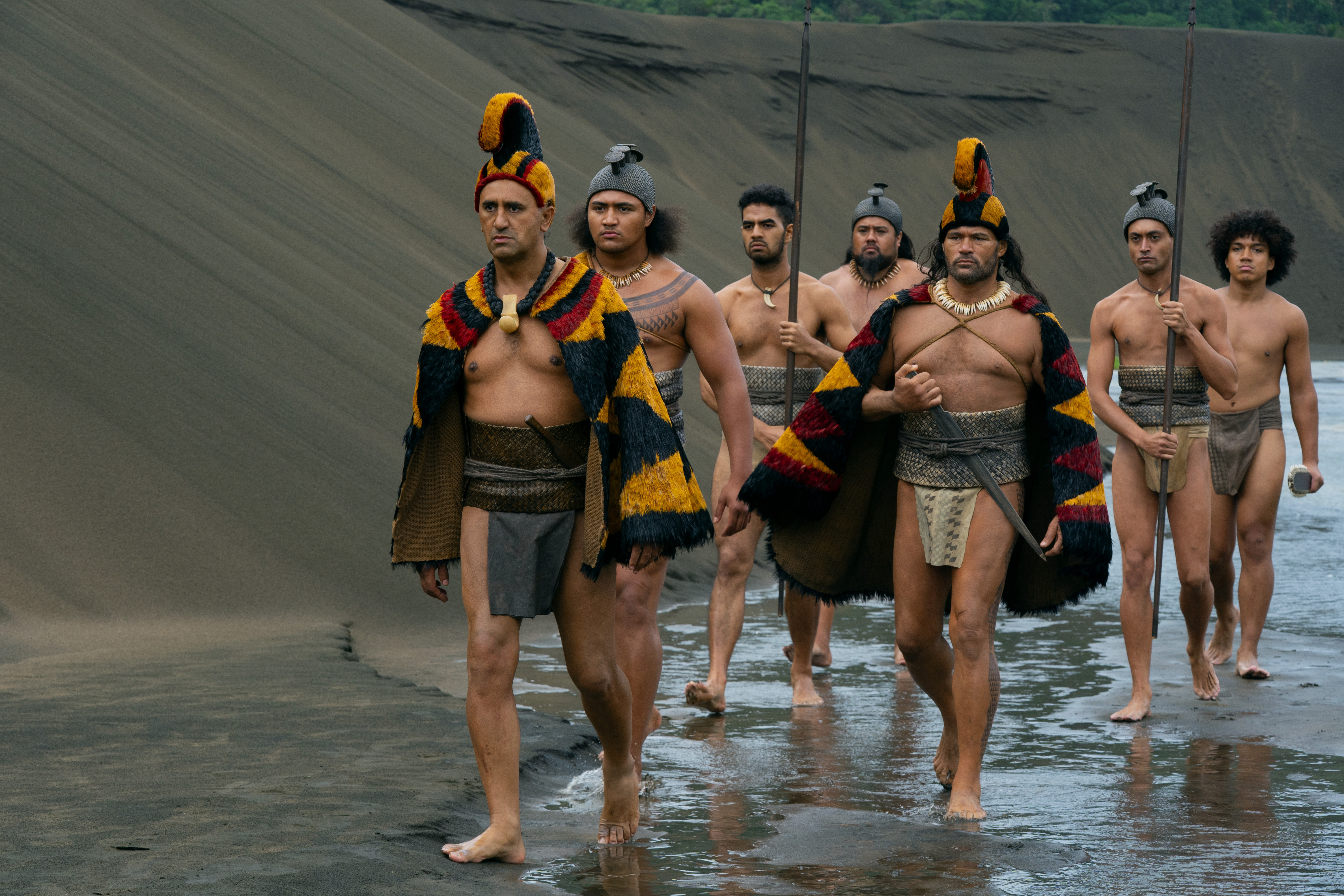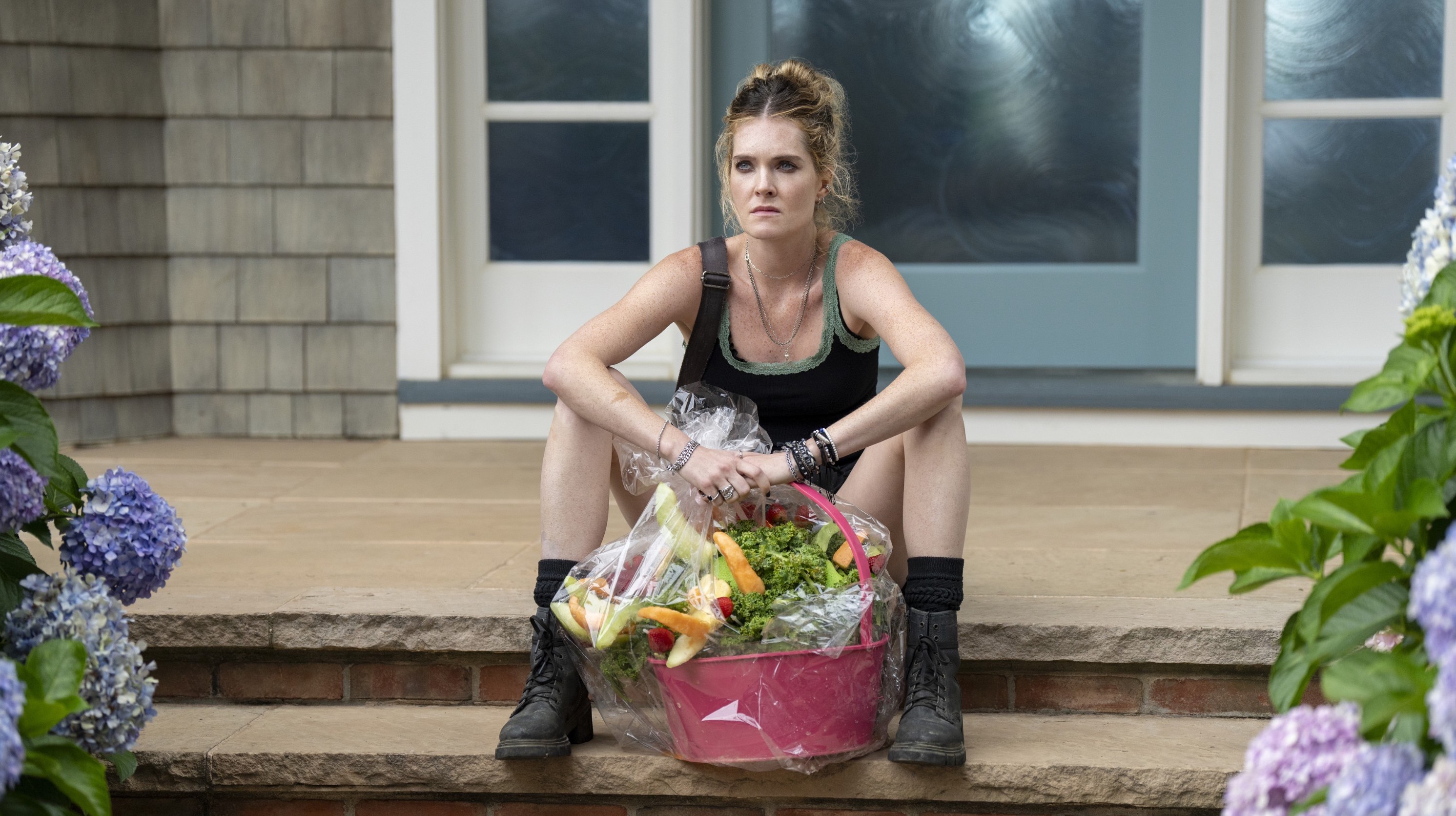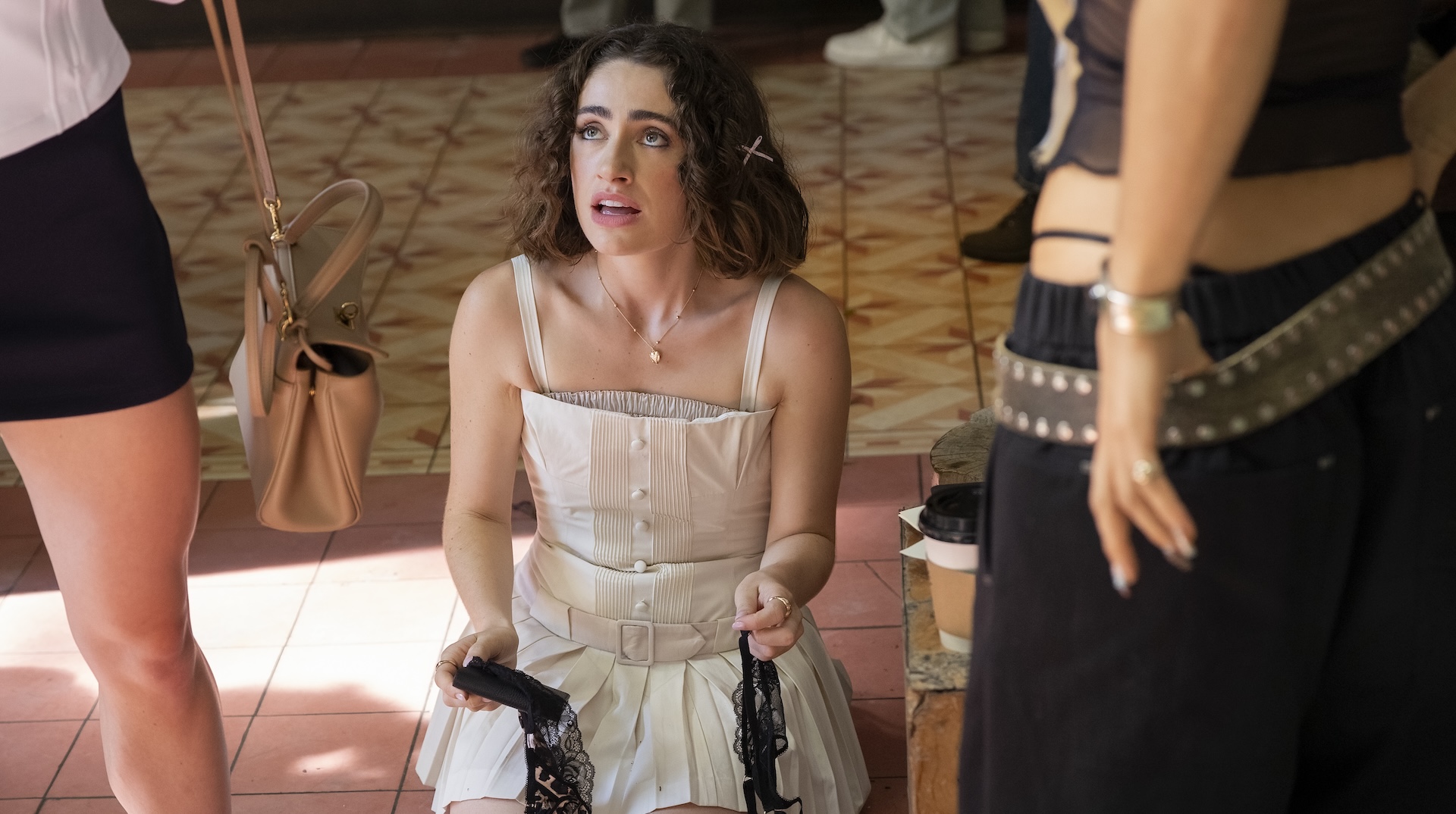There is a ton of compelling action, intriguing political machinations, and rewardingly complicated relationships powering Apple TV+’s “Chief of War.” The series works in no small part because of how the world of the show is rendered. Like so many period epics, the visual style wants to be both transporting and authentic. But getting to that sweet spot is always a challenge.
Production designer Jean-François Campeau and his teams had to get very creative with researching the complexities of Hawaiian kingdoms, given how Eurocentric most visual sources are; they had to get very crafty, building sailboats from scratch and working with fiber artists and sculptors from Hawaii to New Zealand to create the right textures for temples and ordinary homes alike. Campeau designed with the natural world in mind, differentiating the kingdoms of Maui, O’ahu, and Hawaii through key geographic features in each.
Sometimes, though? Sometimes it’s important for the drama to watch the world burn.
That is what has happened in a couple episodes of the series so far — in Episode 4, with honorable, exiled War Chief Ka’iana (Jason Momoa) torching the slave pens in the city of Zamboanga to rescue his shipmate Tony (James Udom), and again in Episode 5 with the frustrated chieftain Keoua (Cliff Curtis) torching his all-too-honorable rival Kamehameha’s (Kaina Makua) stores of food meant to outlast any siege.
When it comes time to take meticulously researched and painstakingly constructed environments and light them up, there are different approaches a production can take. Sometimes setting things on fire is as simple as setting them on fire. For Keoua’s raid on Kamehameha’s storehouses, Campeau and his team built them to just burn.
“We built both ends of it, the front and the back, but the center we had a structure that was very generic — not with the attaching and the lashing [of material] because it’s quite complex to build those huts. But then, when we put it on fire, the whole length of it would burn, and of course was enhanced by VFX,” Campeau told IndieWire. “The best way is to put it on fire.”

Of course, that’s not always the best way. The storehouse fires were a one-off scene as the button to Episode 5. There didn’t need to be a lot of intercutting or complex action inside of them once the fires were lit. Usually, a production wants to make any fires much more controllable, and sets need to be built in a way that they don’t really burn. That was the case for the Zamboanga escape sequence.
“The interior where Ka’iana gets all the slaves out was built on a stage, and then that exterior of the warehouse was on the backlot. So you could — it was like a barbecue, you know? You could put [the fire] on and off, and it wouldn’t really burn. And then VFX helped us because that set also needed a set extension. I built a third of the front, and then, because [the scene] was at night, we didn’t catch too much of it. But they augmented the fire, as well, for that one,” Campeau said.
Zamboanga was an especially rewarding contrast to build into the series, where so much of Campeau’s work is about showing the vital and intricate Hawaiian civilizations that existed on the cusp of European colonization. Campeau designed the slums of the Filipino port to be claustrophobic, with architecture designed to impose, entrap, and possess.
“You feel the Spanish presence there in the massive build, but still the Filipinos around are trying to find their way around this, basically as visitors in their own territory,” Campeau said. “For Ka’iana to experience this… it gives him a sense of what’s coming.”

By contrast, Ka’iana and his family’s landing spot with Kamehameha’s base of power in Hawaii, as well as their foes, needed to be grounded in the land, while still doing the work of characterizing the different factions. “Feeling those different islands and those different kingdoms, with the production constraints of having to shoot part in Hawaii and part in New Zealand and mix all of those together — there are iconic differences that are easy to use,” Campeau said. “But it was also very character-driven with Kahekili (Temuera Morrison) and O’ahu. We went for one big landmark per island that created the geopolitical reality of our series.”
With Kamehameha in particular being defined by lush green planes and cliffsides — open, wholesome space — the spectacle of setting fire to the storehouses is all the more shocking, all the more a violation. It is perhaps only some consolation Ka’iana, Kamehameha, and friends, that Campeau let them burn, but not all night. “It’s not like we let it burn all the way down,” Campeau said. “ And we had to dress the aftermath a little bit, of course. Because it never exactly looks like you would imagine.”
The consequences for tempting Kamehameha to war will also, probably, not look exactly like Keoua imagines, and that is part of the fun of “Chief of War,” too.



